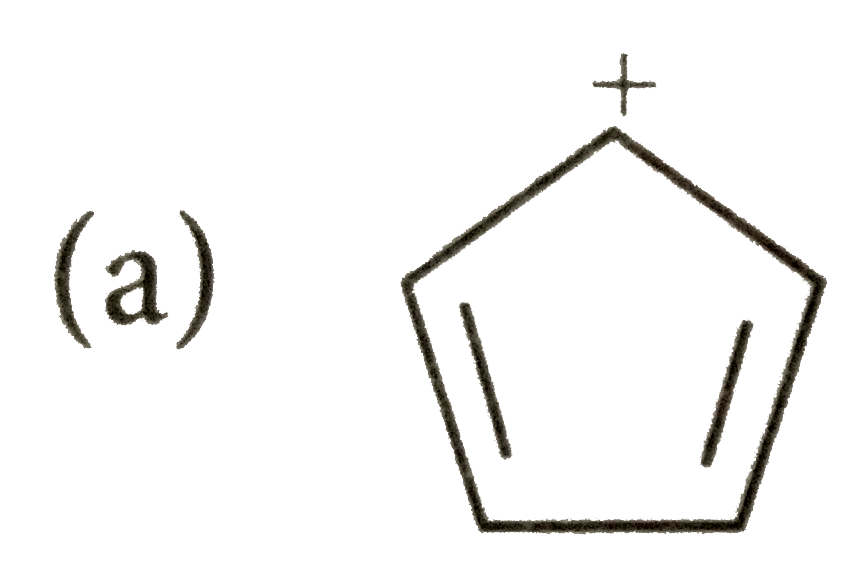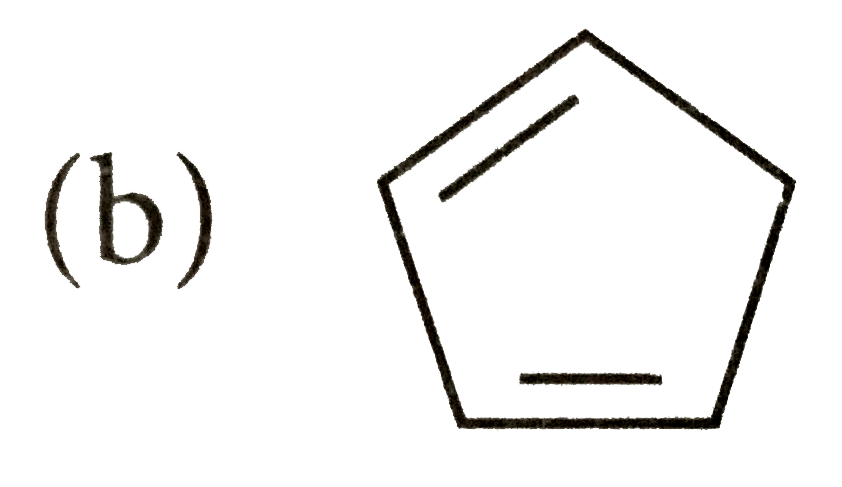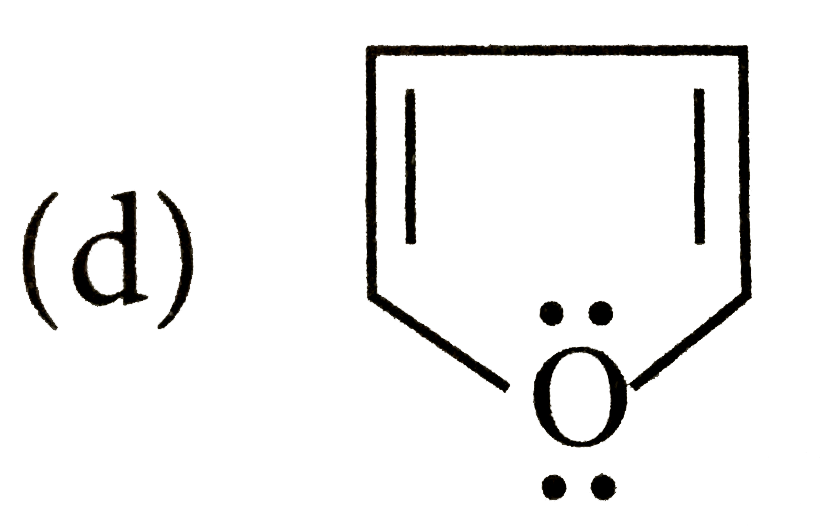Which of the following species is not electrphilic in nature?
BH3
H3⊕O
⊕NO2
⊕Cl
The correct Answer is:B
To determine which of the following species is not electrophilic in nature, we will analyze each species provided in the question.
1. Identify the Species:
- The species we need to analyze are BH3, H2O+, NO2+, and Cl+.
2. Analyze BH3:
- Boron (B) in BH3 has only 6 electrons in its valence shell. It has an incomplete octet and can accept two electrons to complete its octet. Therefore, BH3 is electrophilic in nature.
3. Analyze H2O+:
- In H2O+, the oxygen atom has a positive charge. The structure shows that oxygen has two lone pairs and is surrounded by four electrons (two from the lone pairs and two from the bonds with hydrogen). This means it has a complete octet (8 electrons) and does not need any more electrons. Therefore, H2O+ is not electrophilic.
4. Analyze NO2+:
- In NO2+, nitrogen has lost an electron due to the positive charge. The nitrogen atom has 5 valence electrons and, with the positive charge, it effectively has 4 electrons around it. It requires one more electron to complete its octet, making it electrophilic.
5. Analyze Cl+:
- Chlorine (Cl) in Cl+ has lost one electron, resulting in a positive charge. Chlorine normally has 7 valence electrons, and with the positive charge, it has 6 electrons. It can accept an electron to achieve a stable octet. Thus, Cl+ is also electrophilic.
6. Conclusion:
- Among the species analyzed, H2O+ is the only one that is not electrophilic.
Final Answer:
The species that is not electrophilic in nature is H2O+.
- The species we need to analyze are BH3, H2O+, NO2+, and Cl+.
- Boron (B) in BH3 has only 6 electrons in its valence shell. It has an incomplete octet and can accept two electrons to complete its octet. Therefore, BH3 is electrophilic in nature.
- In H2O+, the oxygen atom has a positive charge. The structure shows that oxygen has two lone pairs and is surrounded by four electrons (two from the lone pairs and two from the bonds with hydrogen). This means it has a complete octet (8 electrons) and does not need any more electrons. Therefore, H2O+ is not electrophilic.
- In NO2+, nitrogen has lost an electron due to the positive charge. The nitrogen atom has 5 valence electrons and, with the positive charge, it effectively has 4 electrons around it. It requires one more electron to complete its octet, making it electrophilic.
- Chlorine (Cl) in Cl+ has lost one electron, resulting in a positive charge. Chlorine normally has 7 valence electrons, and with the positive charge, it has 6 electrons. It can accept an electron to achieve a stable octet. Thus, Cl+ is also electrophilic.
- Among the species analyzed, H2O+ is the only one that is not electrophilic.
The species that is not electrophilic in nature is H2O+.
Similar Questions
Knowledge Check
Which of the following species is not stable?
A[Sn(OH)6]2−B[SiCl6]2−C[SiF6]2−D[GeCl6]2−Which of the following species is aromatic?
A B
B C
C D
D
Which of the following species does not exist?
A[BF6]3−B[AlF6]3−C[GaF6]3−D[InF6]3−
